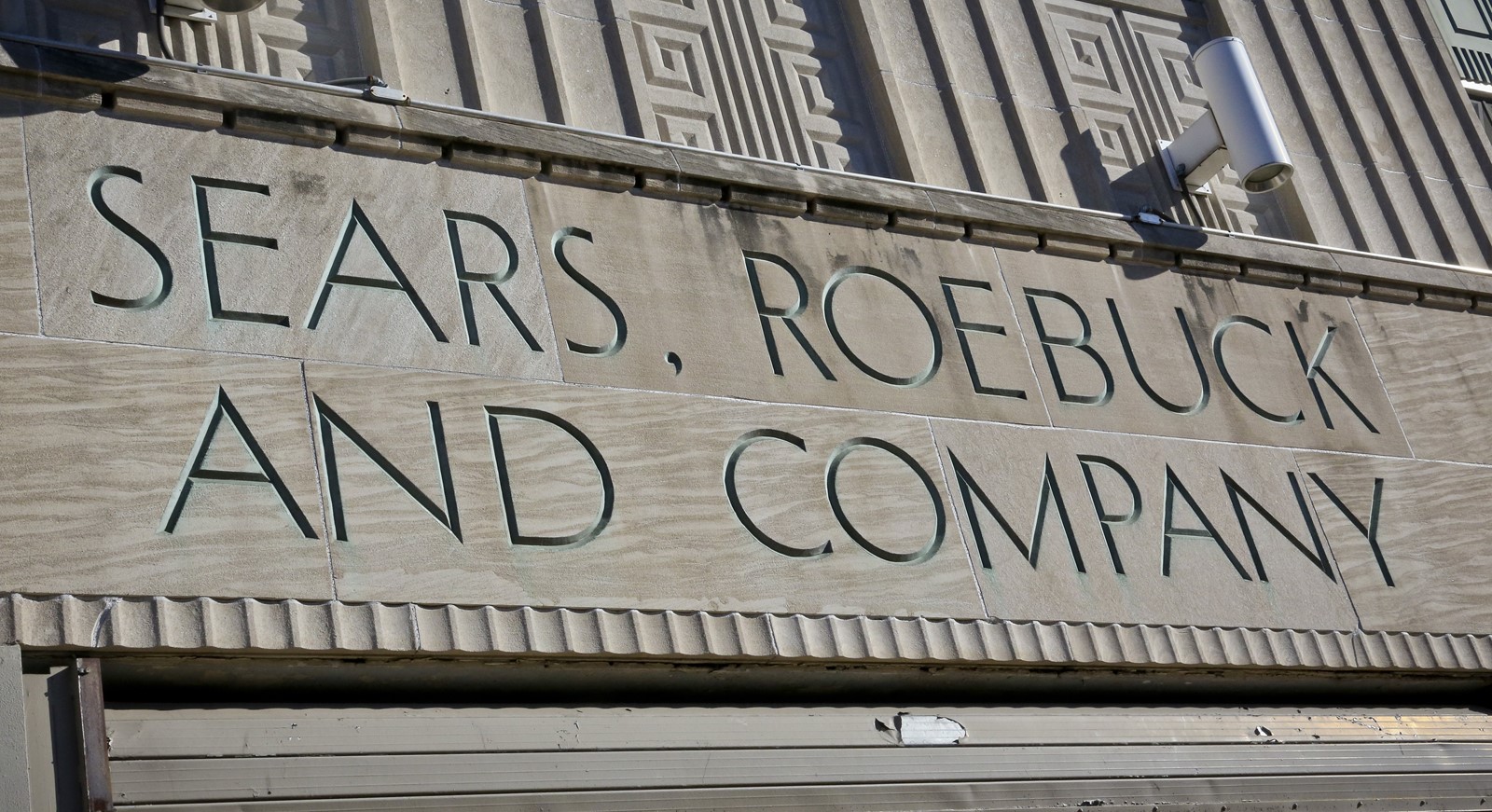Sears says its future in ‘substantial doubt'
Retailer's losses cast it and Kmart in bleak light

It's a dramatic acknowledgment from the chain that owns Sears and Kmart stores, which has long held fast to its stance that a turnaround is possible, even as many of its shoppers have moved on to Wal-Mart, Target or Amazon.
Sears has survived of late mainly with millions in loans funneled through the hedge fund of Chairman and CEO Edward Lampert, but it is burning through cash as sales fade.
Sears Holdings Corp. said late Tuesday it lost more than $2 billion last year, and its historical operating results indicated doubt about the future of the company that started in the 1880s as a mail-order catalog business.
The company known for DieHard batteries and Kenmore appliances has been selling assets, most recently its Craftsman tool brand. But it says pension agreements may prevent the sale of more businesses, potentially leading to a shortfall in funding.
“It's a sad story. This is the place that created the first direct to consumer retail, the first modern department store. It stood like the Colossus over the American retail landscape,” said Craig Johnson, president of Customer Growth Partners, a retail consulting firm. “But it's been underinvested and bled dry.”
Company shares, which hit an all-time low last month, tumbled 12.31 percent Wednesday to close at $7.98. Sears tried to soothe investors' fears, saying in a post on its site that it remains focused on “executing our transformation plan” and that news reports miss the full disclosure that it's highlighting actions to reduce risks. It also said that the comments made in the filing were in line with “regulatory standards.”
The company, which employs 140,000 people, announced in January said it would close 108 additional Kmart and 42 more Sears locations, and unveiled yet another restructuring plan in February aimed at cutting costs and reconfiguring debts to give itself more breathing room.
But it has to get more people through the doors or shopping online for what it's selling.
Sears has upped its presence online, but is having a hard time disguising its age. Its stores are in need of a major refresh. Sales at established Sears and Kmart stores fell 10.3 percent in the final quarter of 2016.
Industry analysts have placed the staggering sums of money that Sears is losing beside the limited number of assets it has left to sell, and believe the storied retailer may have reached the point of no return.
The company has lost $10.4 billion since 2011, the last year that it made a profit. Excluding charges that can be listed as one-time events, the loss is $4.57 billion, says Ken Perkins, who heads the research firm Retail Metrics LLC, but how the losses are stacked no longer seem to matter.
“They're past the tipping point,” Perkins said. “This is a symbolic acknowledgment of the end of Sears of what we know it to be.”
For Sears to survive, Perkins believes it would need to do so as a company running maybe 200 stores. It now operates 1,430, a figure that has been vastly reduced in recent years. As for Kmart, Perkins does not see much of a future.


 PREVIOUS ARTICLE
PREVIOUS ARTICLE
